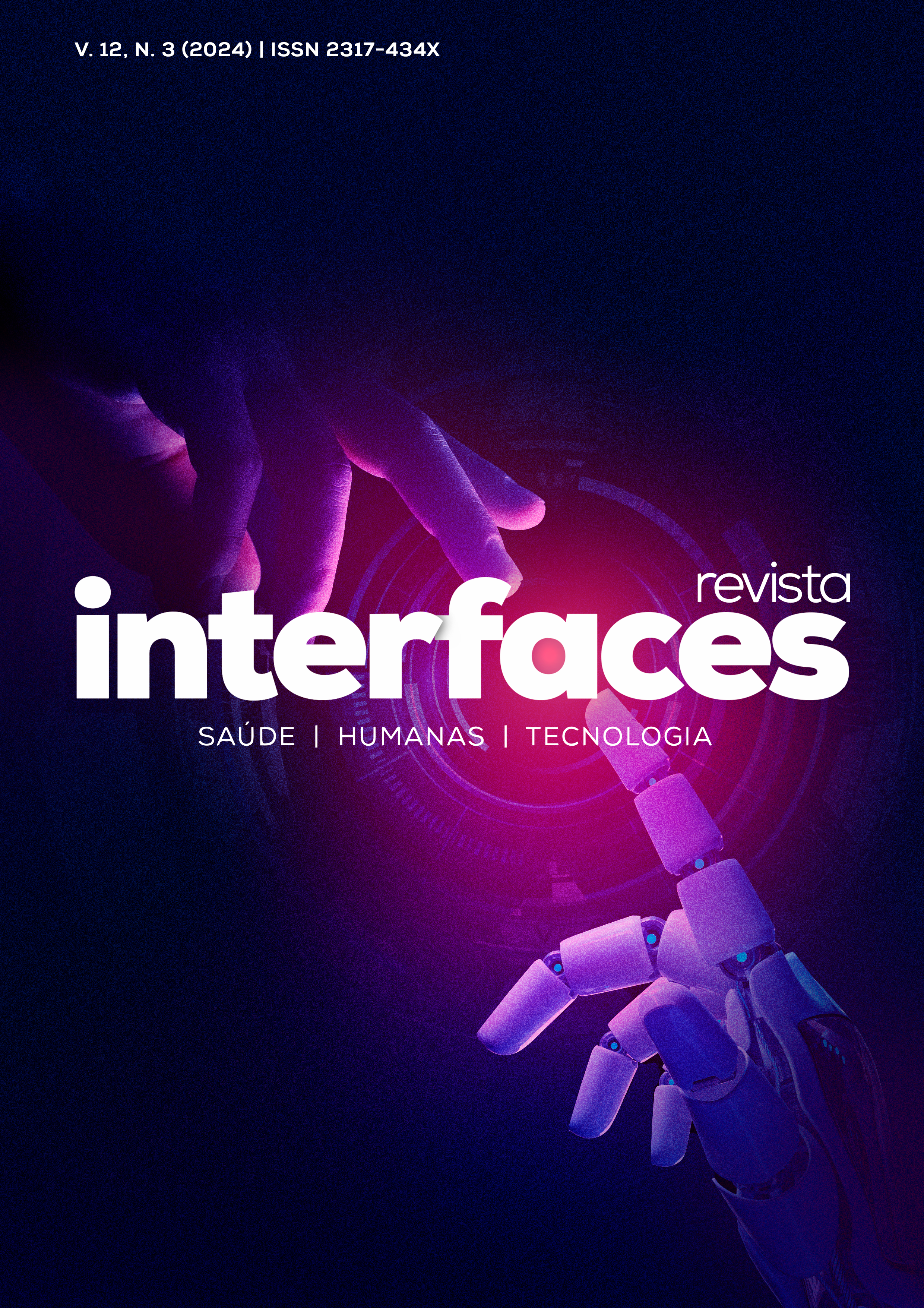VIRTUAL GAMES AS A TOOL TO ACESS THE PERFORMANCE OF PEOPLE WITH HEMIPARESIS: CASE REPORT
DOI:
https://doi.org/10.16891/2317-434X.v12.e3.a2024.pp4344-4350Keywords:
Cerebral Palsy, Virtual Reality, PhysiotherapyAbstract
There are several forms of treatment and performance evaluation existing in the rehabilitation of children with CP, but there are few studies describing performance evaluation in adults with CP. Evidence demonstrated through a systematic review points to positive effects of virtual reality on the motor function of children with CP after rehabilitation with active videogames. The objective was to verify the use of a virtual game as tool to evaluate the performance of people with CP and hemiparesis. There were selected three female young adults; one with CP and mild spasticity (CPL); one with CP and moderated spasticity and athetosis (CPM); and one as control (CRTL). Everyone played 40 moves in the virtual game Bowling, Wi Sports Resort, Nintendo Wii. Was calculate the average of the pins dropped in the attempts from 1 to 10, from 11 to 20, from 21 to 30 and from 31 to 40. The average of pins knocked down presented by CPL (7,05 hits) was higher than the CPM (5,2 hits). The average of pins knocked down presented by CRTL (7,08 hits) was higher than the CPM (5,2 hits). In the comparison between the individual with CPL (7,05 hits) and CRTL (7,08 hits) the number of pins knocked down was similar. The game used has the potential to be used as a tool to assess the performance of the non-involved side in individuals with hemiparetic CP. The performance curve showed that there are different behaviors when comparing hemiparetic people with different levels of motor impairment.

